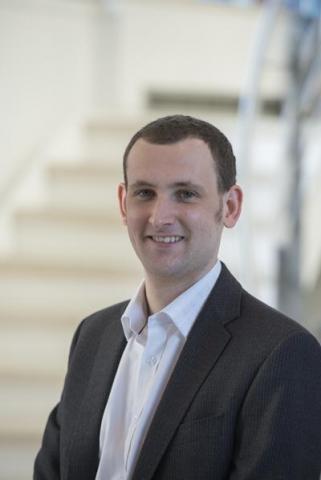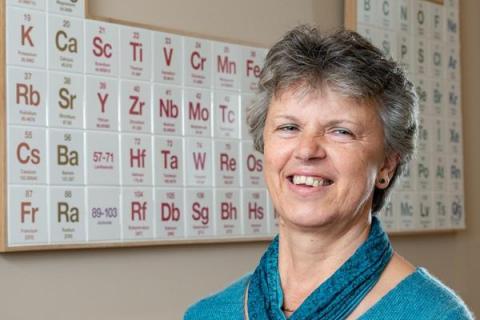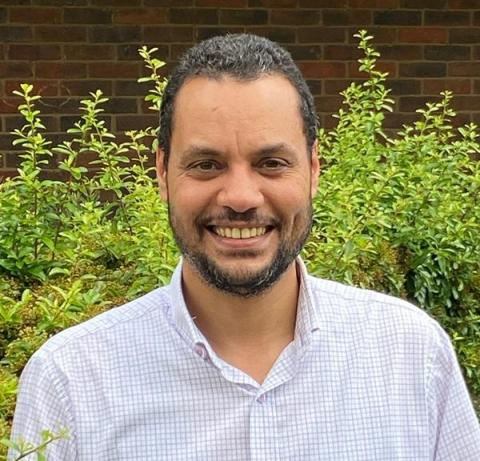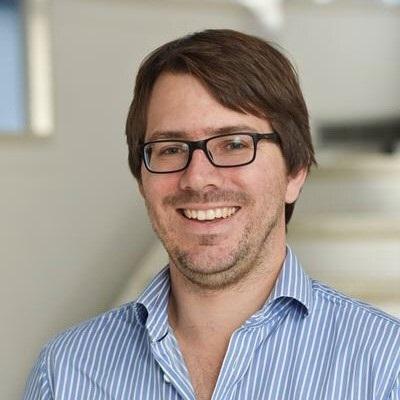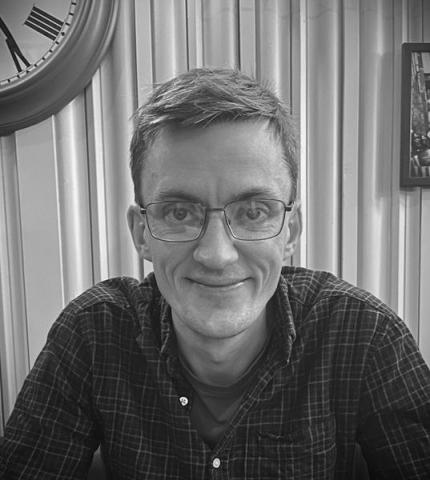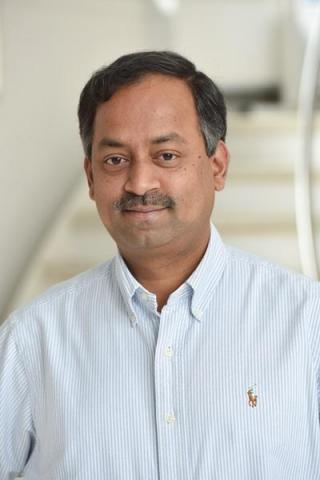Functional Inorganic, Materials and Supramolecular Chemistry
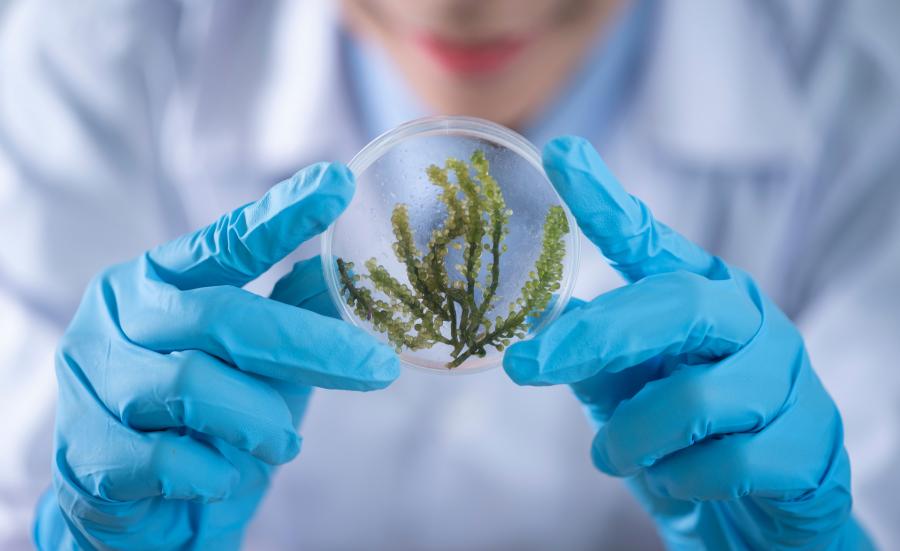
Our research group examines the synthesis of new materials and functional molecules that contribute to innovation and technology.

Our research group examines the synthesis of new materials and functional molecules that contribute to innovation and technology.

We research the synthesis of functional molecular, solid state and supramolecular materials, to tackle challenges in energy, sustainability, healthcare and diagnostics.
Our research covers a diverse range of inorganic chemistry, including:
We design novel materials and compounds, tuning properties through control of composition and structure, with a particular strength in applications such as coatings and thin films. We make use of the compounds available to the inorganic chemist to design photocatalysts, PET imaging agents, transparent conductors, single site catalysts, and materials for carbon capture storage and utilisation.
Groups within Functional Inorganic, Materials and Supramolecular Chemistry have expertise in:

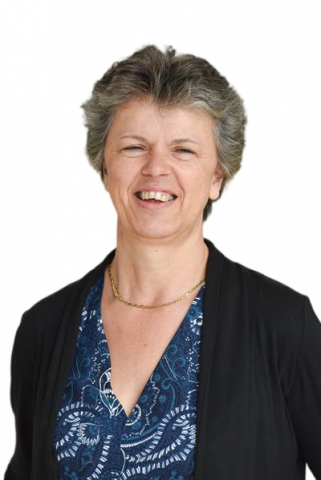
Southampton provides a great environment to exploit the amazing creativity and atomic/molecular level control that chemistry affords to contribute toward new and innovative solutions to many of the world’s greatest challenges.
